Marmalade, a zesty concoction of citrus, is a breakfast staple on British tables, celebrated for its sweet and bitter notes. Conversely, the Portuguese marmelada, a rich, quince-based preserve, a result of Moorish influences and sun-kissed Iberian orchards, is a blocky confection meant for slicing.
In Russia and Finland, they usually eat marmalade as a mid-day treat, while in many parts of Europe, marmalade means a jam-like preserve of any fruit.
And although they bear resemblance in name, they are in fact worlds apart. Many tales have been told, more fiction than fact, and even the law had weighed in on the matter.
The oldest of them all, marmelada, is the starting point of this story.
The story begins...
The story of marmelada begins in Portugal, where quinces, the fruit it is made from, and the practice of using sugar to preserve fruit were brought by the Moors. There, they developed a method of boiling the tart quince with sugar, allowing it to form into molds and solidify into a dense paste, which could be carved into various portions.
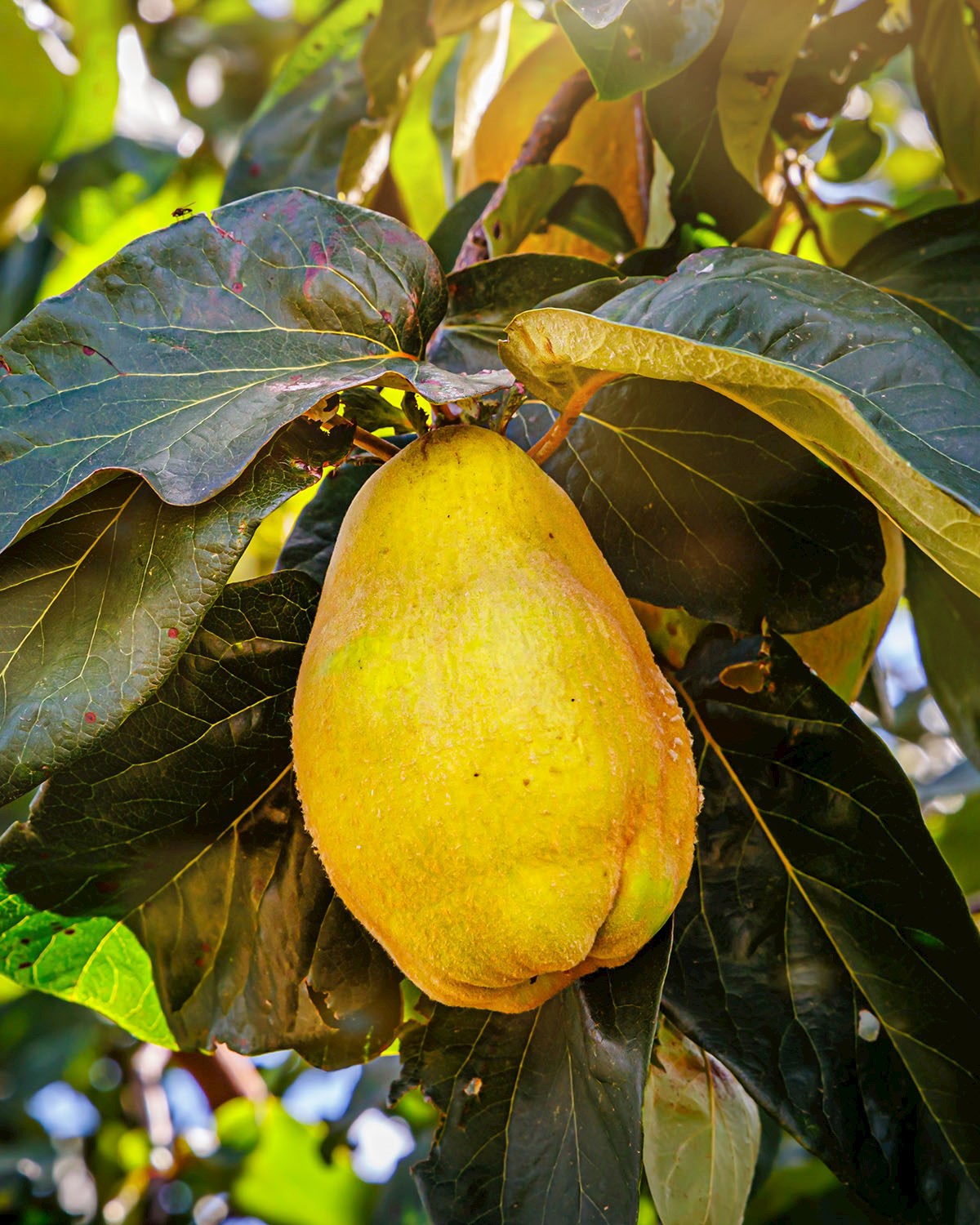 Credits: Shutterstock
Credits: Shutterstock
While quince jams were not unfamiliar in European kitchens, Portugal's rendition gained distinctive recognition. The chosen name, marmelada, pays homage to its storied past.
The term is derived from the Portuguese word for quince, marmelo. Tracing back the linguistic roots, marmelo is borrowed from Latin melimelum, which is an offshoot of the Greek melimelon, meaning honey apple or quince.
The earliest known mention of marmelada is from 1521. Even the explorer Vasco da Gama, in his quest for new lands, stored boxes of marmelada on his vessels. He hoped this sweet preserve might be the solution to the dreaded scurvy for his sailors. Unfortunately, that was not the case.
 Credits: Shutterstock
Credits: Shutterstock
Here enter the English
At the time, due to high amounts of sugar, among other things, quince jam was considered a luxury item, praised for its curative properties, and used as a digestive. Because of this, it was heavily imported into England, with the first official records of these imports dating from 1480.
The importance of marmelada in England at that time can be seen in the true story of King Henry VIII receiving a box of marmaladoo (likely marmelada) from a certain Mr. Hull of Exter. The said marmalade was allegedly a favorite of Anne Boleyn and her ladies-in-waiting. Even Mary, Queen of Scots, was said to have a penchant for it as it helped her combat sea sickness in 1561.
However, it didn’t take English long before they tried their hand at making fruit preserves of similar nature using other kinds of fruits. There are recipes from the 16th century giving instructions on how to prepare marmalade with quinces but also fruits such as cherries, red currant, peaches, pears, and grapes.
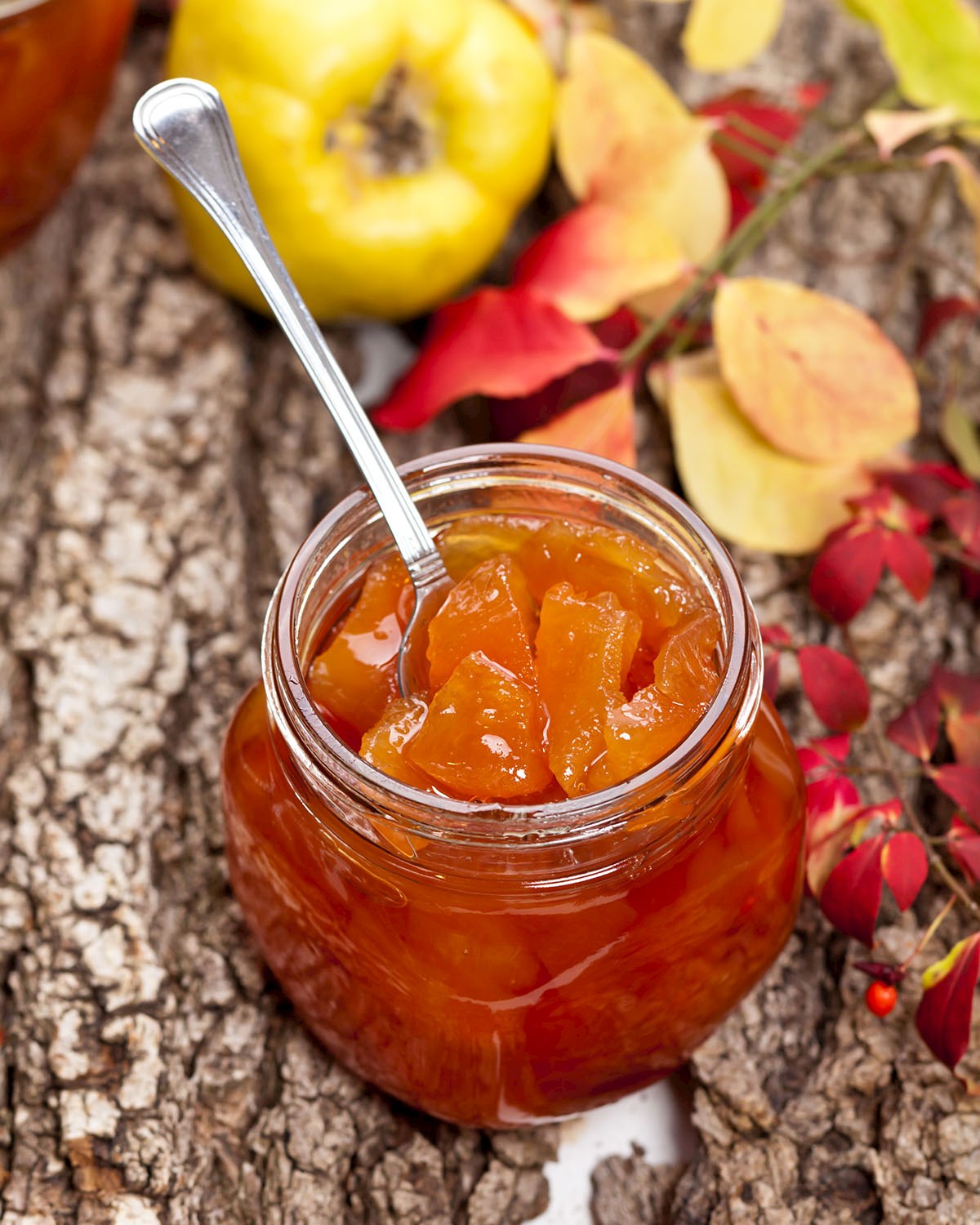 Credits: Shutterstock
Credits: Shutterstock
Apples to the rescue
But because much of these fruits had much less pectin than quinces and due to the fact that people of the time regularly overcooked their food, it's safe to assume they ended up with fruit-and-sugar pastes, not jams or marmalades.
Yet, there was one exception: the apple, which, when not overly sweet or ripe, has gelling abilities similar to that of a quince. The favored variety then was the pippin apple, and marmalades were made using either its pulp or juice. The abundance of such recipes indicates their widespread popularity.
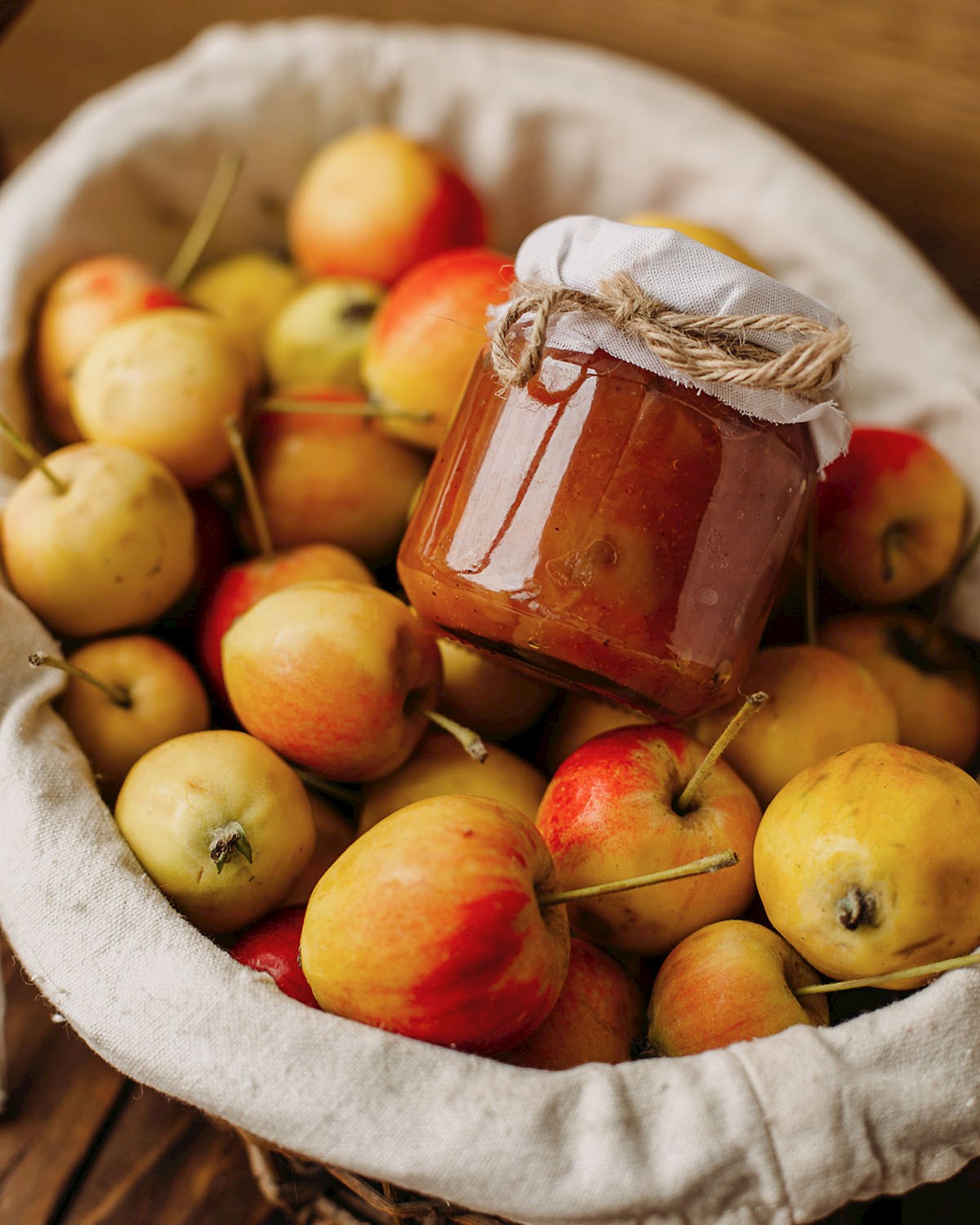 Credits: Shutterstock
Credits: Shutterstock
Over the years, these marmalades also included citrus fruits, especially peels, which further enhanced the gelling of the marmalade. Food historian C. Anne Wilson views this as the missing link between Portugal's marmelada and today's British marmalade.
What Scots got to do with it
Although the story of marmalade started in England, it seems it was fully formed in Scotland. The now-apocryphal story that tells how marmalade was created in Dundee is today widely known.
In the late 1700s, Janet, a shopkeeper, found herself inundated with a shipload of Seville oranges. Her son procured these at a bargain from a storm-affected Spanish ship. Drawing inspiration from a quince-based recipe, Janet attempted to conserve the abundant oranges. This endeavor, legend claims, birthed the orange marmalade.
However, although this endearing legend was proven untrue, what is true is the fact that Keiller’s were the first commercial producers of orange marmalade. Additionally, they also built the first-ever marmalade plant in 1797.
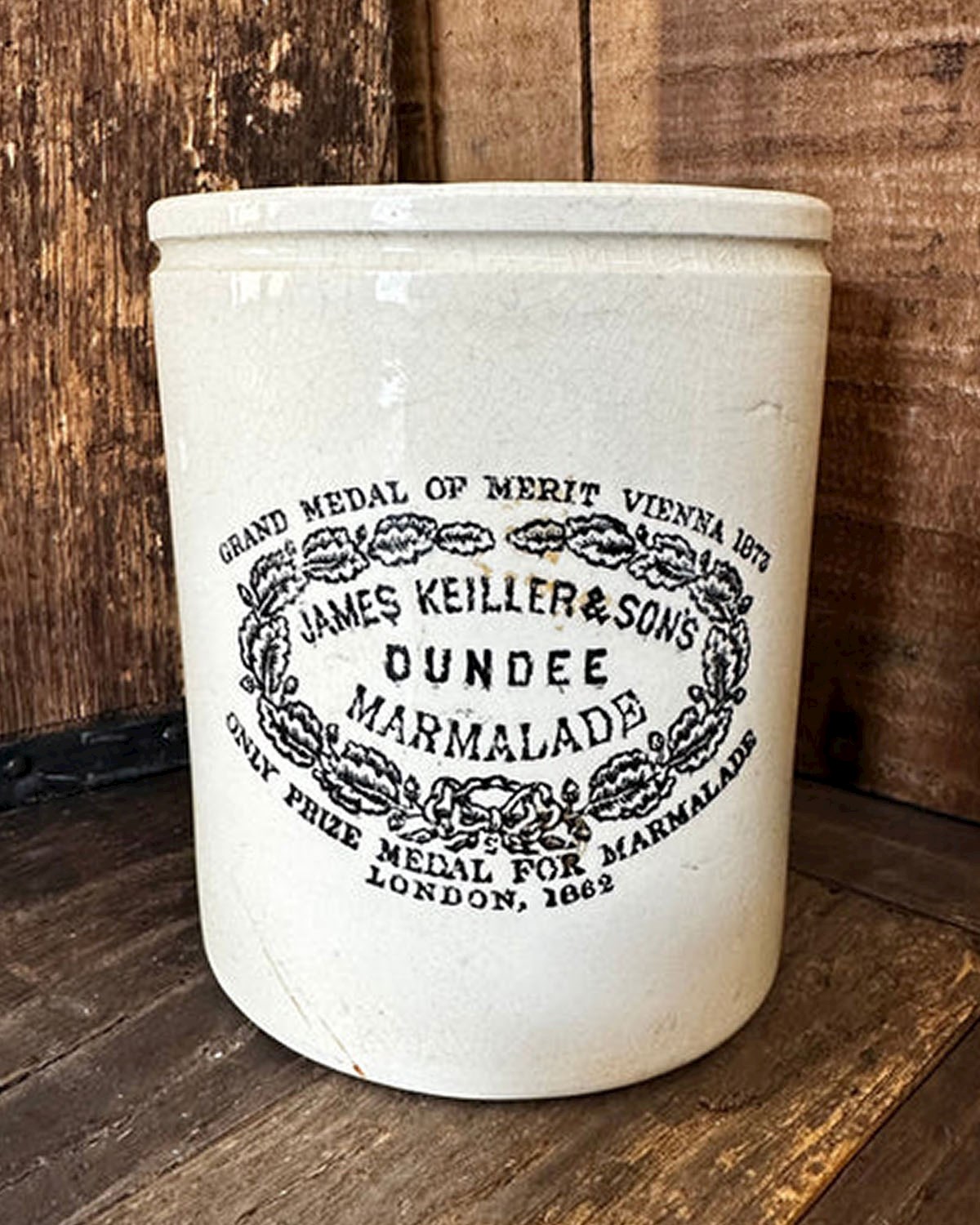
Scots are also responsible for making marmalade a breakfast item. They served it for breakfast already in the 18th century, and by the 19th century, the English followed suit.
The word of the law
Within the European Union, the Council directive clearly defines marmalade as a mixture of gelled consistency made with water, sugar, and one or more citrus-derived products, such as pulp, purée, juice, aqueous extracts, or peel.
Conversely, Portugal ardently defends its traditional marmelada through national legislation, defining it as a product made solely by cooking quince pulp with sugars.
In this linguistic and culinary tug-of-war, it appears the UK perspective – associating marmalade primarily with citrus fruits – prevails globally. Yet, in several nations, marmalade remains a term that encompasses fruit preserves made from various fruits.
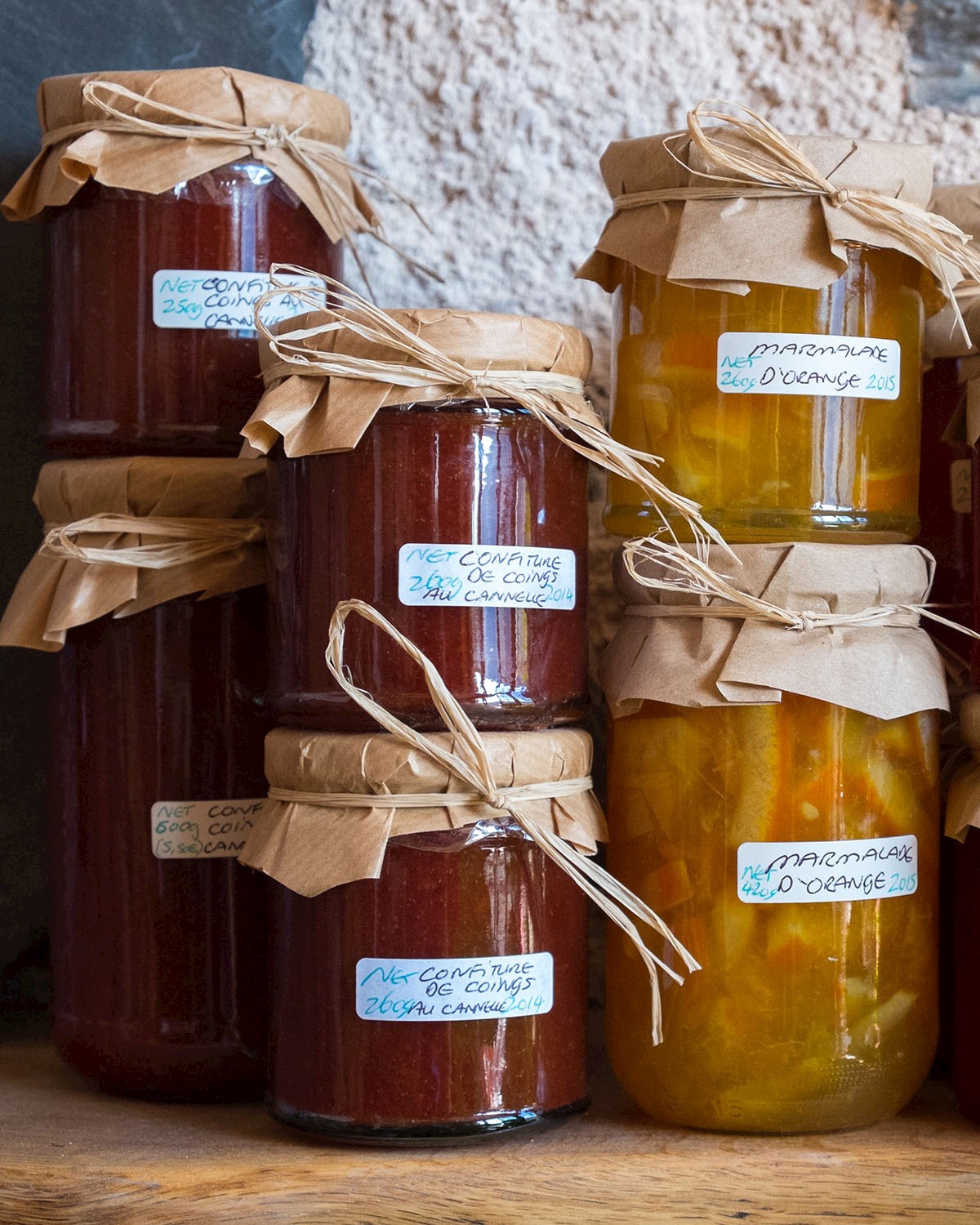 Credits: Shutterstock
Credits: Shutterstock
The legal saga continues
Within the European Union, several nations, notably Austria and Spain, have traditionally employed the term marmalade for jam-esque fruit preserves, ardently defending their culinary legacies. Spain has even legislated nationally to permit mermelada as a label for jam-like preserves from any fruit.
Meanwhile, Germany and Austria transitioned from using marmelade to konfitüre, despite centuries of the former's customary usage.
In a nod to these deep-rooted traditions, the EU has relaxed its regulations, permitting marmalade for fruit preserves sold directly to consumers, such as at local farmers' markets or when buying from farmers at the farm gate.
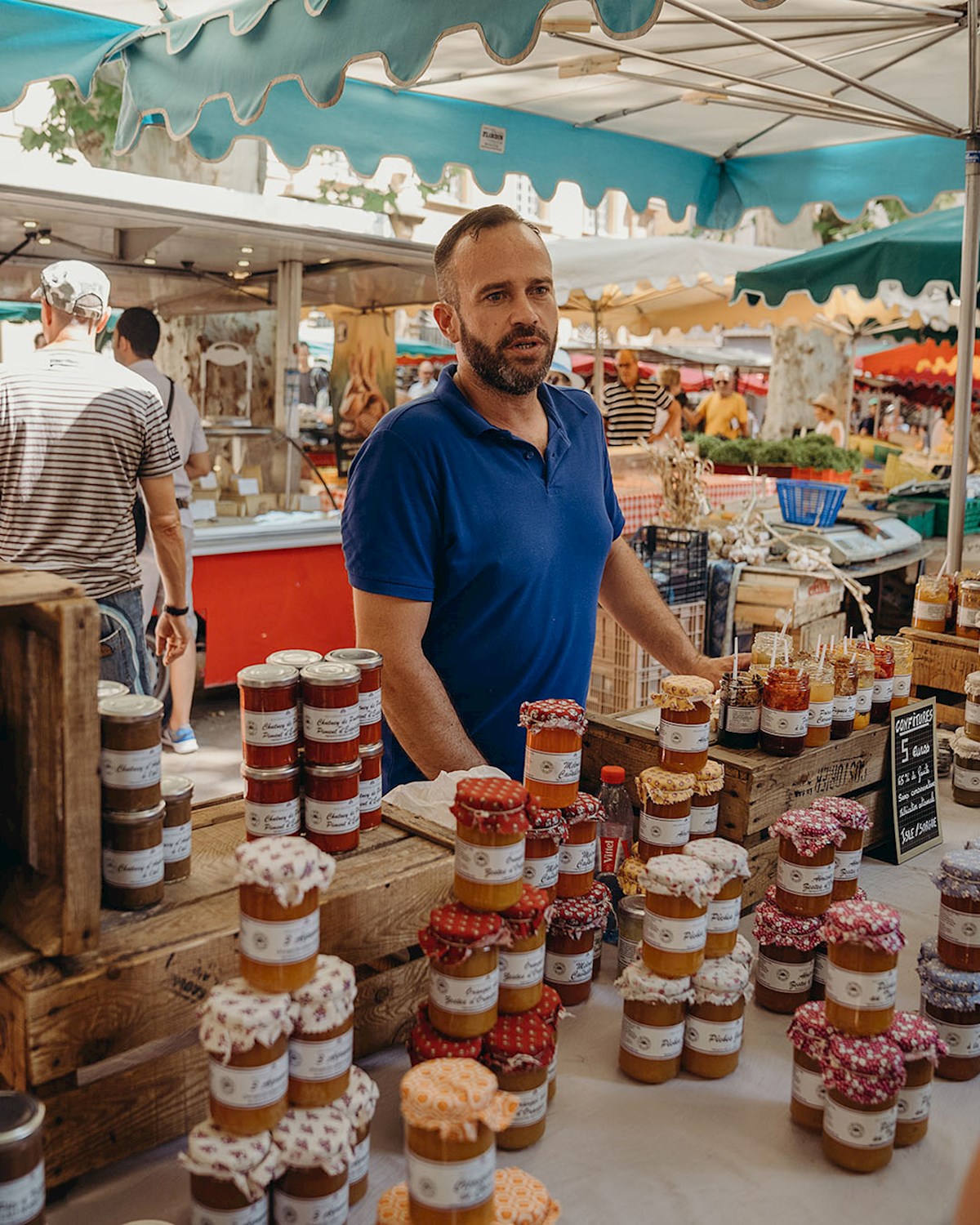 Credits: Shutterstock
Credits: Shutterstock
Marmalade around the globe
All of that said, the world of marmalades is not as clean cut as previously detailed.
As mentioned earlier, quince jams aren’t exclusively Portuguese. The tradition of quince preservation thrives across Europe, Asia, and Latin America – consider India's perad as a prime example. Portugal, however, etched its mark by associating the word marmalade specifically with quince paste.
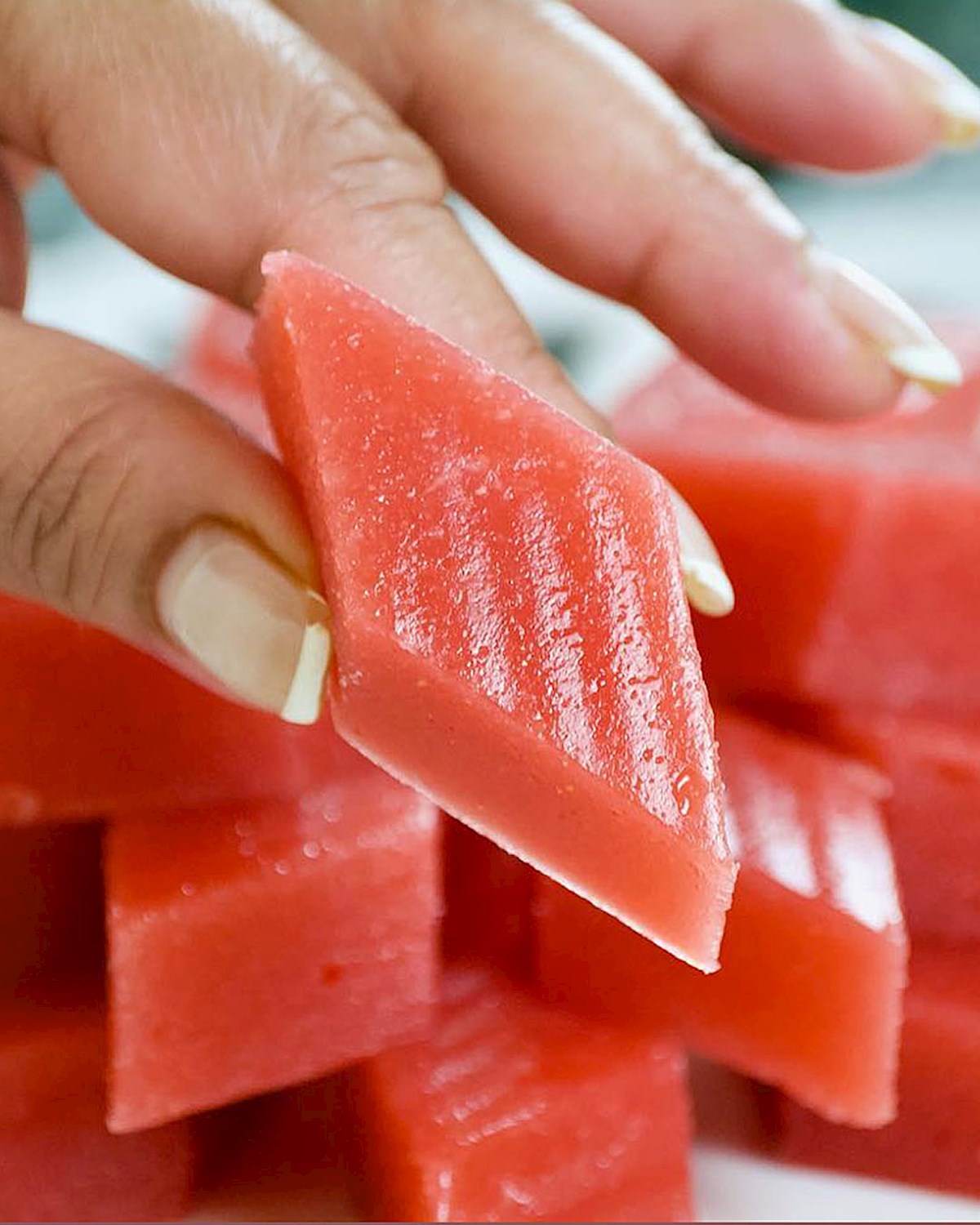 Perad - Credits: Platin' It With Wendy
Perad - Credits: Platin' It With Wendy
Globally, what the Portuguese know as marmelada assumes various identities – most commonly under the broad categorization of quince cheese/paste.
For instance, the French term it pâte de coing, while in the Spanish-speaking territories of Mexico, Argentina, Uruguay, Paraguay, and Chile, it's known as membrillo or dulce de membrillo. Italy has its cotognata, borrowed by Croatia as kotonjata. In Germany, it transforms into quittenkäse, influencing nearby Serbia and parts of Croatia to adopt kitnikez. Meanwhile, in Turkey, it's designated ayva peltesi.
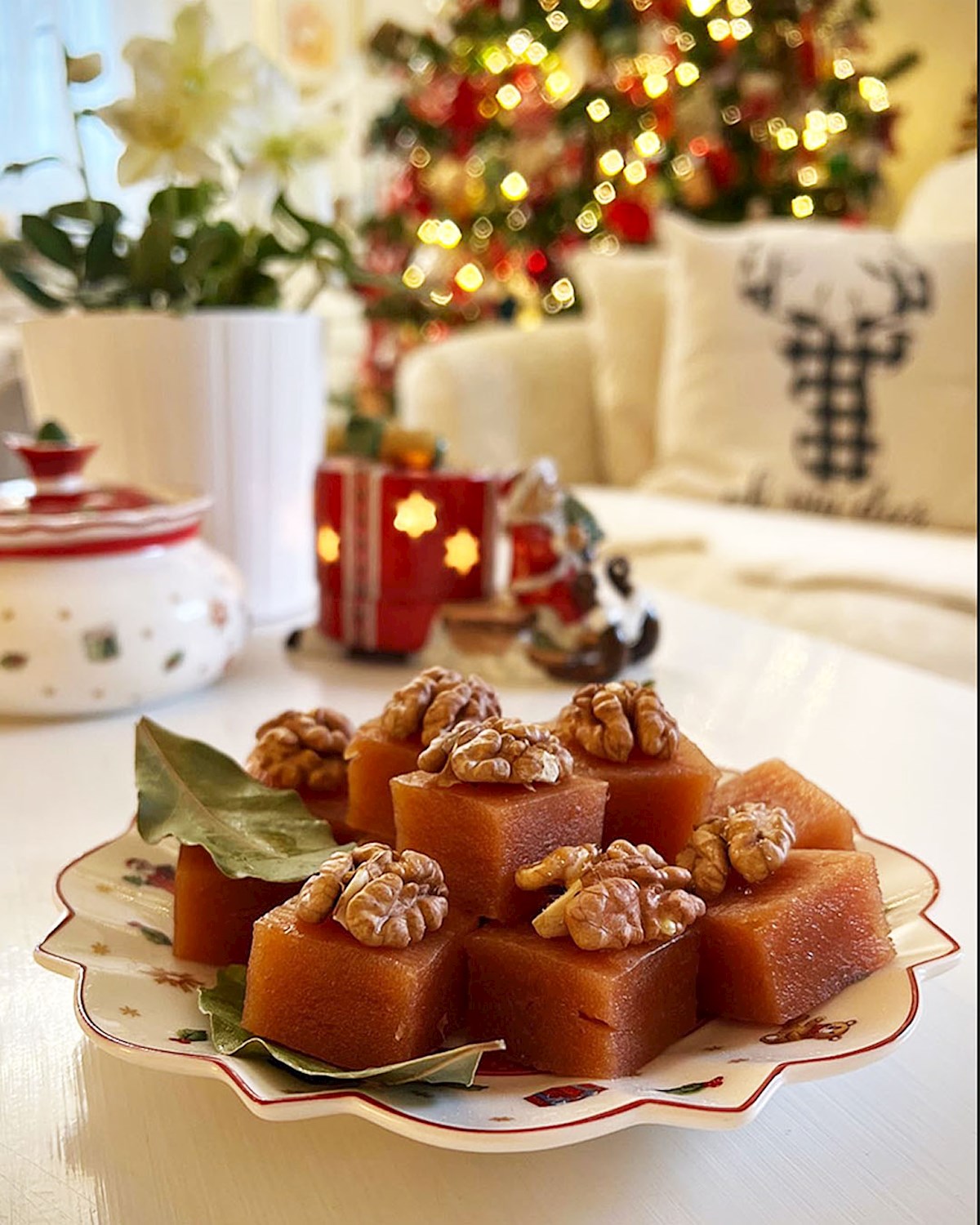 Kotonjata - Credits: Ksenija Music
Kotonjata - Credits: Ksenija Music
The case of Brazil
Interestingly, Brazil (alongside Romania) mirrors Portugal in naming, employing the term marmelada for the same preserve. Given Brazil's colonial ties with Portugal, this isn’t surprising.
Another interesting thing about Brazilian marmelada is that initially, due to the unavailability of quince, local fruits were used, resulting in the more popular goiabada, which is made the same way but with guava. With time, different fruits were used as well such as bananas and peaches.
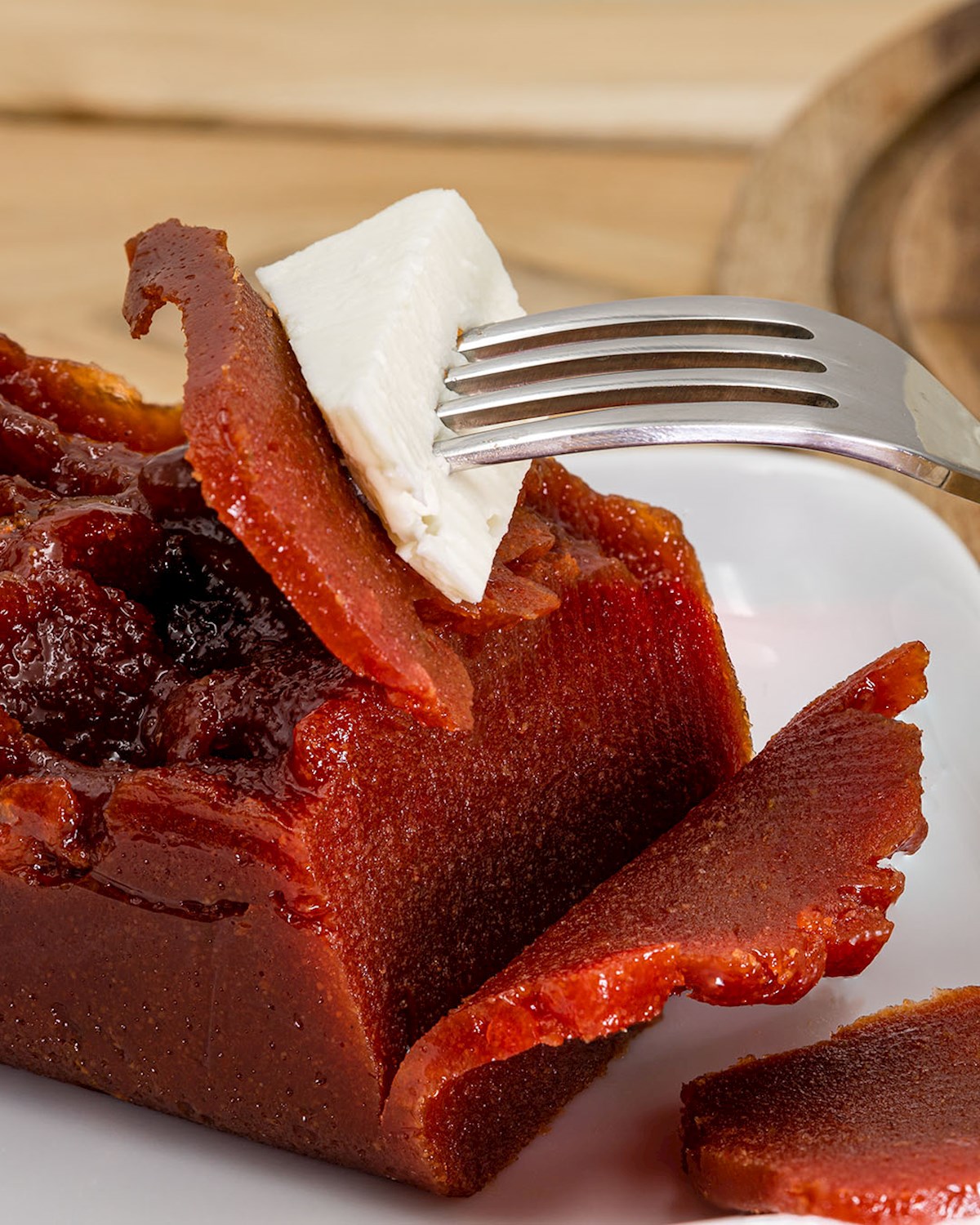 Credits: Shutterstock
Credits: Shutterstock
Europe's deep love of marmalade is not waning
Despite the strict EU regulations that lean towards Brits, the term marmalade is still near and dear to many Europeans who used it regularly for centuries to describe jam-like preserves that could be made with any kind of fruit.
So, even though you will not find a jar of jam labeled as marmalade in any store in the EU, people of Europe still use it in everyday conversation, and those Europeans outside of the EU can still get one at their nearest convenience store.
Luckily, those in the EU can still get a hold of one, but only at farmer's markets, from traditional, small producers, or any place that sells them directly to the buyer. Plus, recent news from Brussels says that there are plans to rename jam back to marmalade, which means the British version could, in the future, go by orange marmalade.
One more marmalade for the road
Before we wrap it up, there's one more part of the world that boasts its specific kind of marmalade: Russia and Finland. Only it's neither in the form of a citrus jam, fruit preserve, or a quince paste, but in the form of candy.
In Russia, the best-known lemon slices, resembling citrus wedges, are iconic confections. Each tiny delight boasts an outer layer mimicking the peel, with a translucent core emulating the pulp, closely resembling actual lemon or orange segments. They offer a delightful tang and sweetness, capturing the essence of citrus in a delicious and budget-friendly treat.
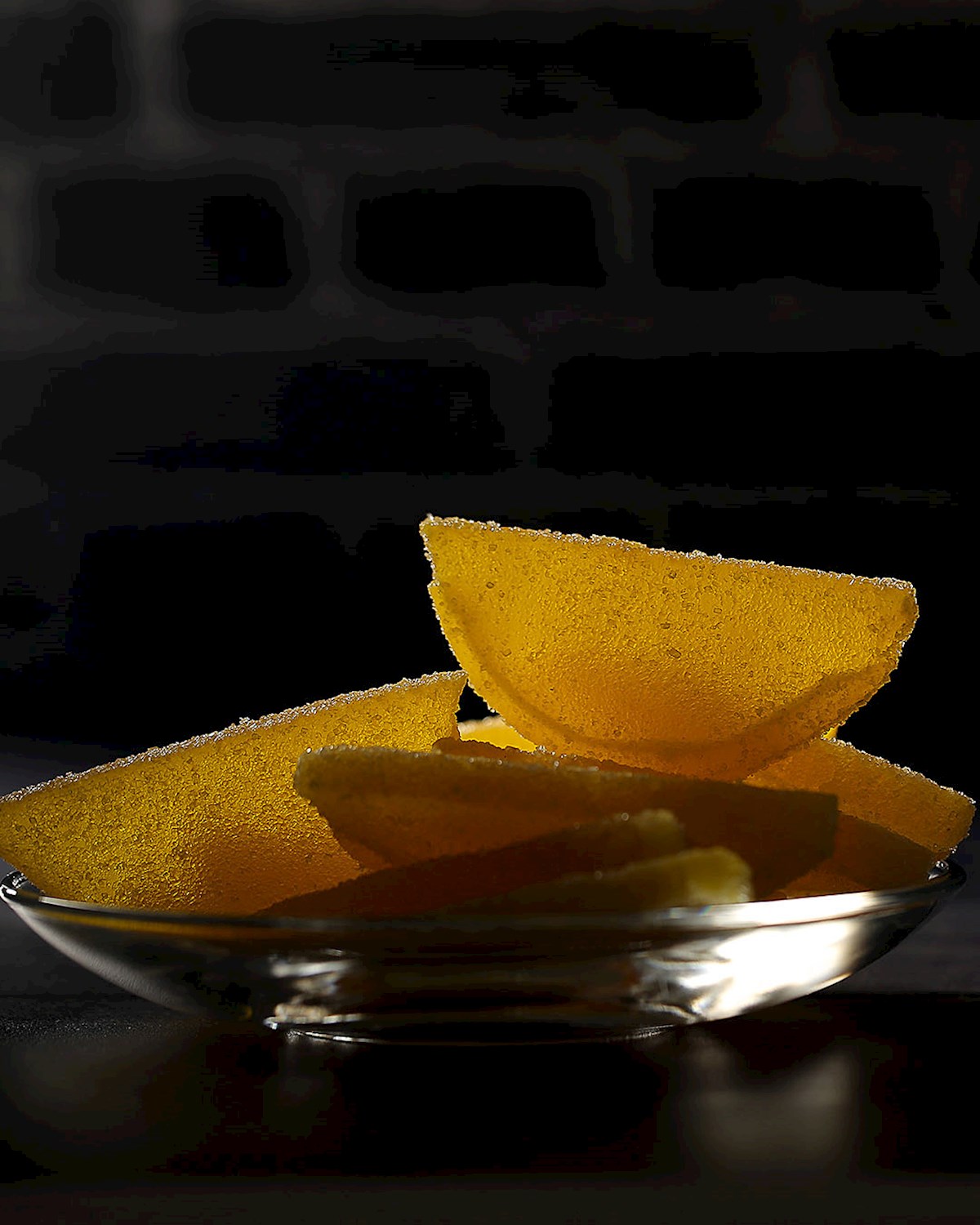 Credits: Shutterstock
Credits: Shutterstock
The art of making lemon slices, or marmalad, as they call it, can be traced back to Russian chefs, who were inspired by French confectioners around the time of the French Revolution. Yet, it was the entrepreneurial spirit of Alexander Abrikosov in the early 19th century that propelled its commercial production in Russia.
Initially, marmalade was a luxury, housed in opulent boxes and served with tea. However, the more accessible slices we know today emerged in the 1930s during the Soviet era.
By the 1970s, these marmalade slices, packaged in tin jars, became hot sellers in Moscow and elsewhere in Russia. Candies of various shapes and flavors were produced, all in vibrant colors, such as multi-layered ones, dome-shaped ones, and ones carved in the shape of different figurines.
F for Finland or finally we're at the end
Finally, in Finland, Vihreät kuulat, which translates to "green balls" in Finnish, are pear-flavored gummy candies, also referred to as marmaladi in Finland, crafted by the renowned Fazer brand.
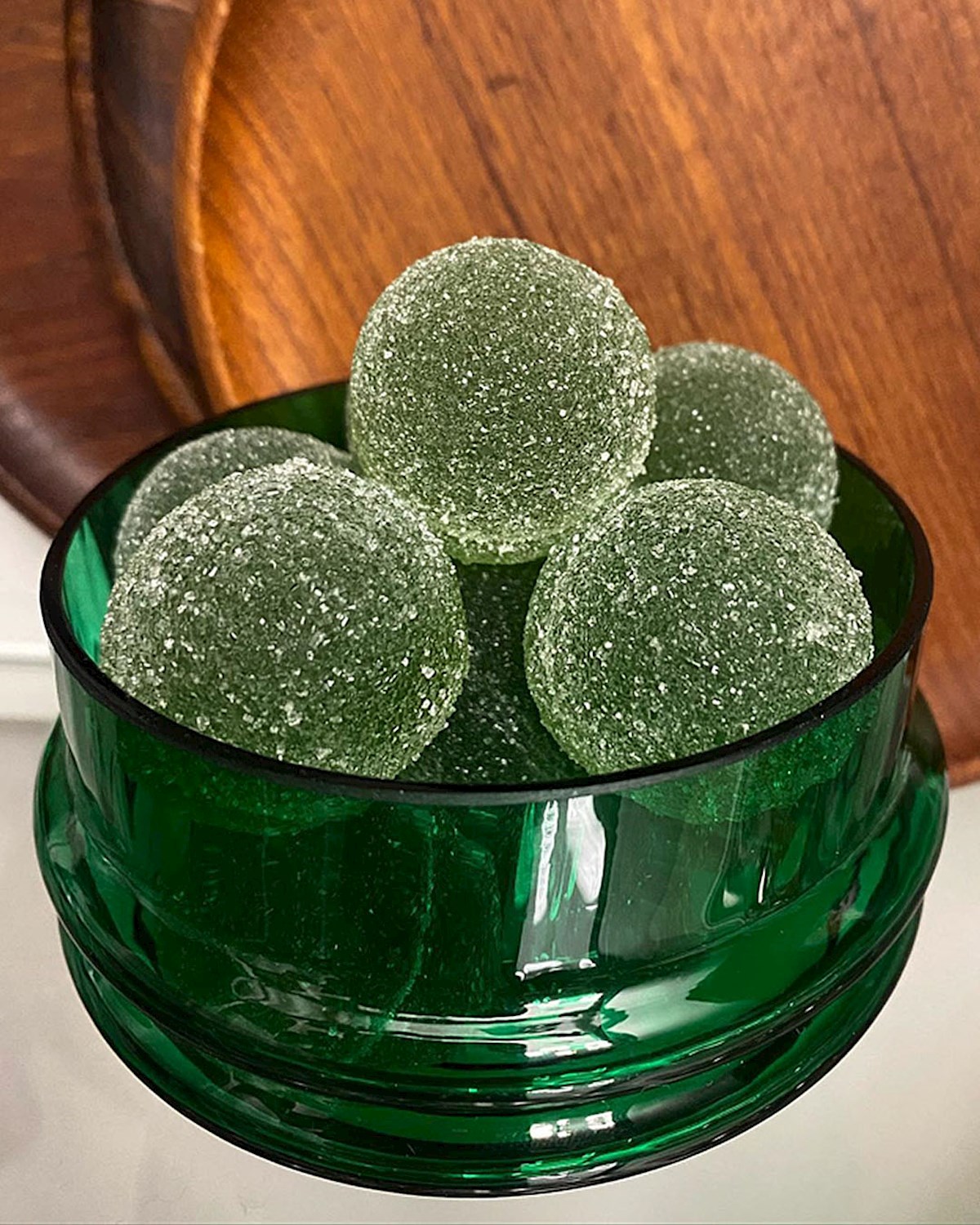 Credits: Ari Still
Credits: Ari Still
The origins of these candies can be traced back to Karl Fazer, who brought both the recipe and the confectioners from St. Petersburg in the late 19th century.

Marmelada (PT/BR) & Marmalade (UK/EU) & Marmelad (RU/FI) in detail
Recipe & Ingredients:
• Marmelada (PT/BR): Made primarily from quince that is cooked down with sugar until it attains a thick, jelly-like consistency.
• Marmalade (UK/EU): Traditionally made from bitter Seville oranges (or other citrus fruits). The oranges are cooked with sugar and water, peels included, resulting in a spreadable yet chunky consistency.
• Marmelad (RU/FI): Fruit puree (typically apples, berries, or citrus fruits) is cooked with sugar and a thickener (pectin or agar-agar). Optionally, flavorings and colorings can be added. The mixture is poured into molds, left to cool, then sliced (or cut into other shapes) and rolled in granulated sugar.
Consistency and Texture:
• Marmelada (PT/BR): A dense, paste-like consistency akin to a thick jelly or fruit leather.
• Marmalade (UK/EU): Is spreadable, with a jam-like texture. More or less chunky depending on the size of the peels.
• Marmelad (RU/FI): A dense, jelly-like consistency. Chewy but not sticky.
Taste:
• Marmelada (PT/BR): Sweet, although the natural tartness of the quince can still be detected.
• Marmalade (UK/EU): Sweet and bitter.
• Marmelad (RU/FI): Sweet, sometimes with a bit of tang, depending on the fruit used.
Color:
• Marmelada (PT/BR): Typically ranges from a pale yellow to a deep reddish-brown, depending on the cooking time and the quince variety used. It can also be white.
• Marmalade (UK/EU): The color is usually amber or orange.
• Marmelad (RU/FI): Classic ones are yellow and orange, but can be any color. The Finnish version is green.
Culinary Uses:
• Marmelada (PT/BR): As a standalone dessert or snack, sometimes paired with cheese or bread and butter.
• Marmalade (UK/EU): Usually spread on toast or used as an ingredient in baked goods, sauces, and desserts.
• Marmelad (RU/FI): As a sweet treat or dessert. Some types can be used in the preparation of cakes.
Where to Get:
• Marmelada (PT/BR): Can be bought in stores, but usually prepared at home, yearly, as it’s not something one buys but gifts or exchanges with friends and family members.
• Marmalade (UK/EU): Available at nearly every store. Most notable producers include Keiller, Mackays, Frank Cooper’s, Robertson’s, and Wilkin & Sons Ltd.
• Marmelad (RU/FI): Any convenience store.



